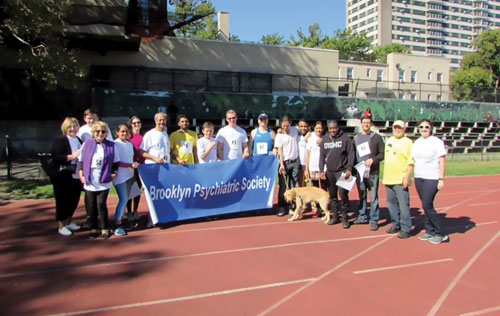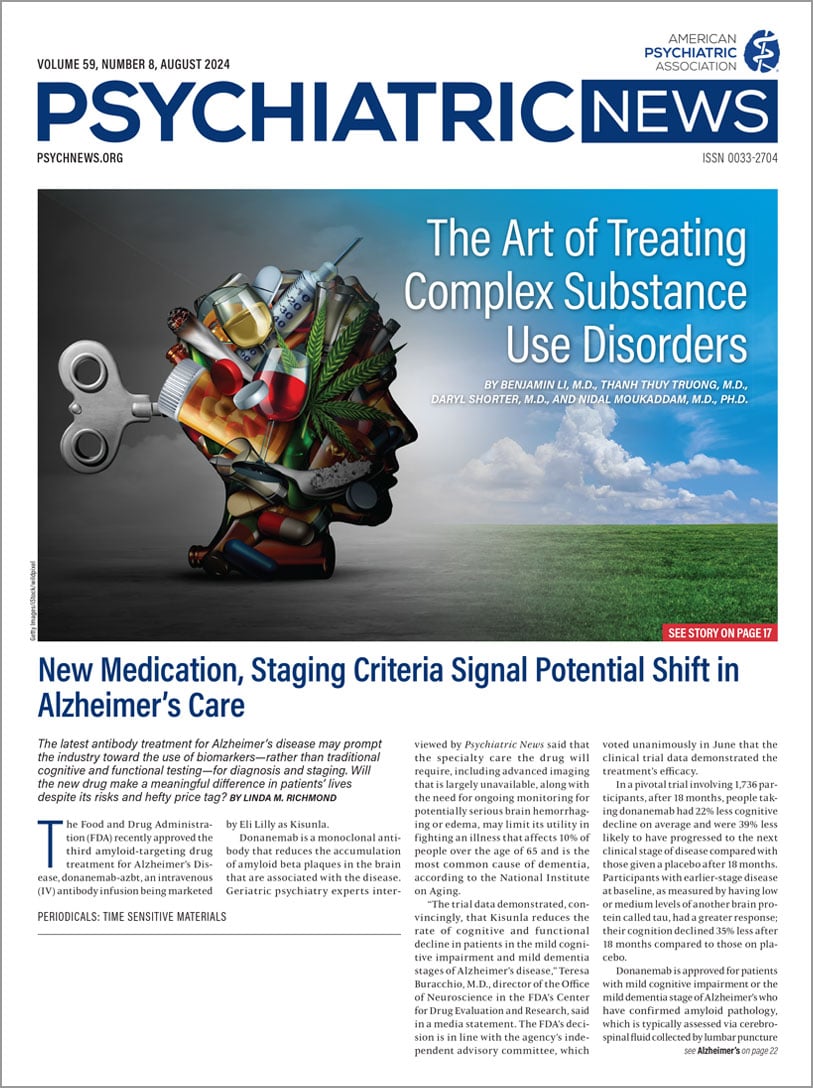Physical activity is one of the conventionally recognized six pillars of lifestyle medicine. Do you think that aerobic exercise can promote neuroplasticity, enhance the release of brain-derived neurotropic factor (BDNF), increase brain hippocampal volume, translate into better cognitive function, and reduce negative symptoms in patients with schizophrenia? Studies that have included neuroimaging and biochemical measures have shown exactly that.
Besides BDNF, exercise also increases release of endorphins, endocannabinoids, serotonin, norepinephrine, and dopamine, all of which can improve mood. Indeed, research indicates that physical exercise can be as effective as SSRIs in alleviating depression, with both interventions partly acting through promoting neuroplasticity. People treated with exercise show additional benefits such as better metabolic indices and physical fitness. Exercise is also anti-inflammatory, which is significant because inflammatory markers are increased in many patients with depression, as well as in people with diabetes.
Our APA Practice Guidelines for the Treatment of Patients with Major Depressive Disorder state: “Data generally support at least a modest improvement in mood symptoms for patients with major depressive disorder who engage in aerobic exercise or resistance training…. Regular exercise may also reduce the prevalence of depressive symptoms in the general population, with specific benefit found in older adults and individuals with co-occurring medical problems.”
People with mental illness have more metabolic problems, partly due to medications they might take and partly due to lifestyle; as a result, they can suffer from poorer physical function and increased mortality. Exercise can counter this. For people who are sedentary, even small amounts of regular physical activity can give big health benefits.
Both aerobic and strength-training exercises are important. Grip strength, which is an indicator of overall muscle strength, is a predictor of mortality risk. All of us lose muscle and bone mass as we age, starting in our 30s. Regular weight-lifting exercise can slow down this process, so people can live fitter for a longer period. The weight-bearing exercises need not be extensive. I ask many of my patients to do chair squats and overhead arm presses with modest weights, and to walk 10 feet a few times carrying objects in both hands. I ask them to do these activities twice a week to promote strength and balance, reduce axial osteoporosis and the risk of falls, and maintain independent functioning.
Because of the nature of our work, many psychiatrists tend to be seated for long periods of time. Many of our patients also do not get up from a seated position for extended periods of time. This again is associated with increased mortality risk and needs to be countered by getting up and walking for a couple of minutes every hour, or by frequently contracting our lower limb muscles by pressing our feet against the ground. Doing a few minutes of walking or other mild-intensity physical activity a half-hour or hour after eating lowers postprandial blood-sugar rise and is metabolically beneficial.
There may be differential benefits from different types of exercise. A 25-year prospective observational study of 8,577 participants in Copenhagen found that people who played tennis as their leisure-time physical activity had a life expectancy 9.7 years longer than sedentary individuals; the life extensions for other activities were: badminton, 6.2 years; soccer, 4.7; cycling, 3.7; swimming, 3.4; jogging, 3.2; low-intensity, calisthenics, 3.1; and health-club workouts, 1.5 years. Even though the study was not designed to determine the causes of these differences—and there are possible reasons such as the type of person choosing an activity, long-term adherence, and socioeconomic differences—one possibility is that the extent of social connectedness (another lifestyle pillar) is partly responsible.
We as psychiatrists know that, apart from imparting knowledge to our patients, we also need to increase their motivation, and help them overcome internal and external obstacles to behavioral change, such as increasing physical activity. Establishing an exercise routine (preferably a commitment involving someone else), facilitating habit formation, choosing a variety of activities that are enjoyable and easily within reach, and building mini-exercises into daily activities during different parts of the day—such as using stairs instead of elevators, or doing squats while waiting for the microwave to heat up food—are important. Motivational interviewing and exploring resistance to change may need to be done. For most people, the focus needs to be on moderately increasing daily physical activity in ways that they will enjoy and thus sustain. Technology such as smart watches that remind someone to stand up when they sense prolonged sitting, keep count of steps taken and height climbed daily, and show other measures such as heart rate may be helpful to some patients.
The point here is not to offer exercise as a standalone treatment, even though that may work in some cases, but to incorporate it into a portfolio of treatments such as psychotherapy, pharmacotherapy, other somatic therapies, and other lifestyle interventions. In future columns, I will address other pillars of lifestyle that we need to pay more attention to. ■


